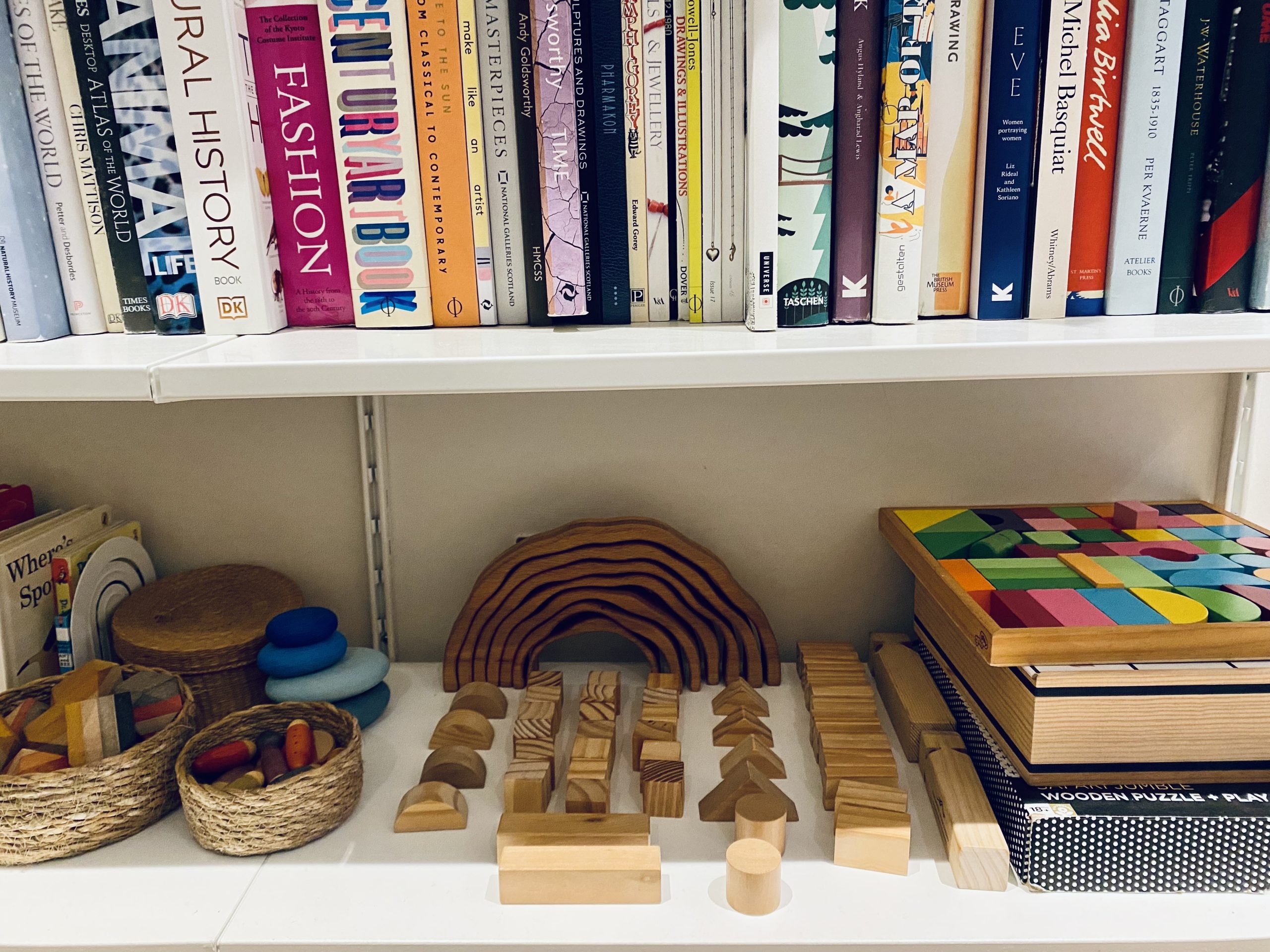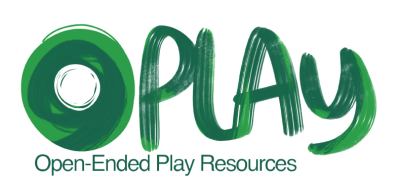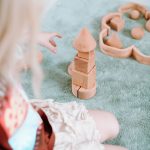To learn a thing in life and through doing is much more developing, cultivating, and strengthening than to learn it merely through the verbal communication of ideas.
-Friedrich Frobel
The school system is hugely varied, with so many approaches and priorities, however whatever approach you take to schooling your children, blocks can play a key role in supporting early learning in the lead up to formal education and embedding that key learning in the primary years.
How?

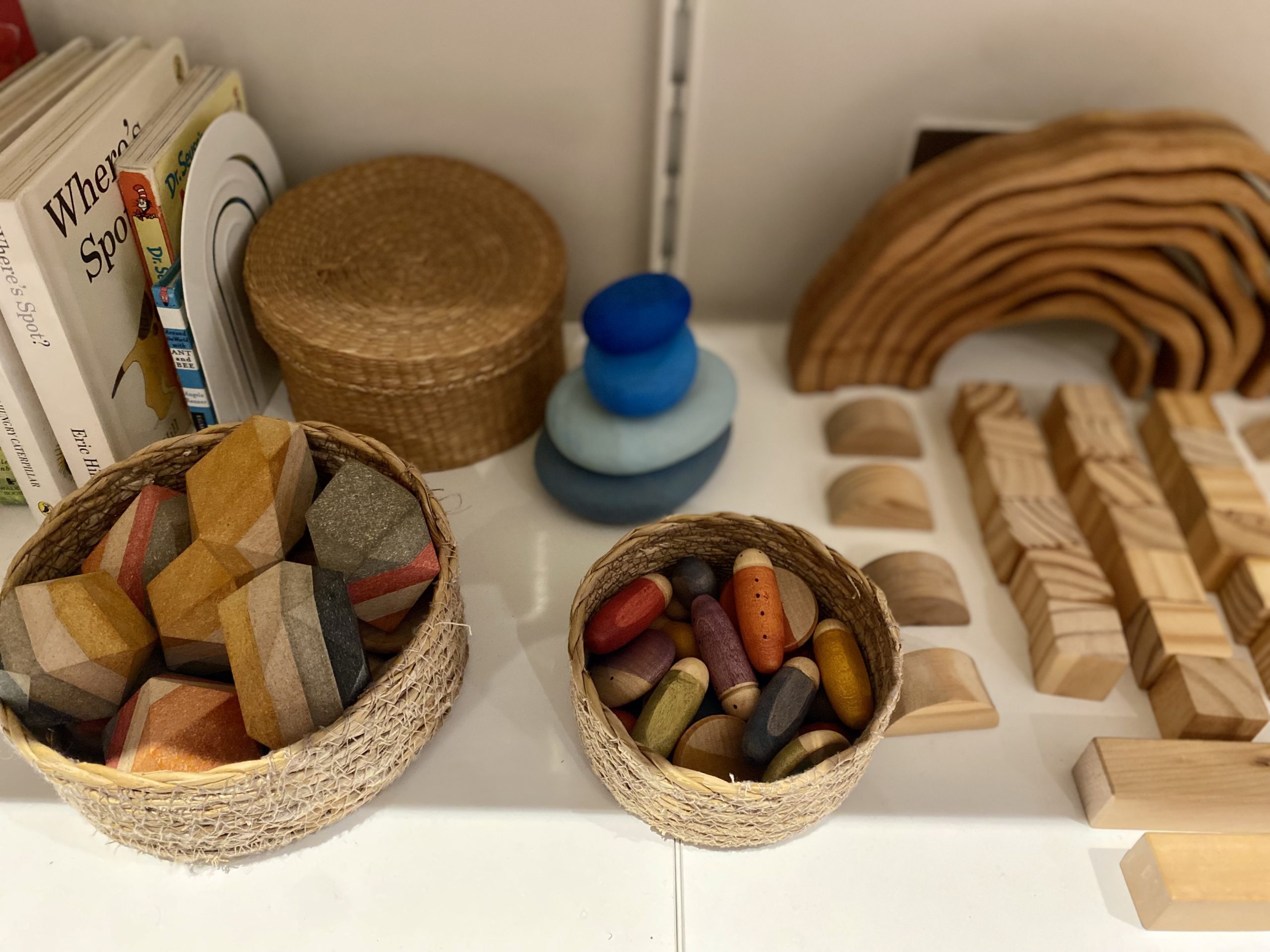
Oplay is designed to be open ended- that means the blocks are not only toys but resources, they are adaptable, a blank canvas for creativity and imagination in play but also as aids and tools. One of the clearest uses for blocks is to manifest early mathematical thinking and numeracy skills ( see my blog, Numeracy and Blocks- How Oplay blocks support mathematical thinking ) However block play goes further than this to support learning. Literacy is supported early on by building vocabulary and speaking to adults, children love to tell you about their creations, what parts they have included in their forest or harbour, how the lighthouse works etc. Imaginative block play can encourage early creative storytelling and easily be taken further with the support of an adult. Photographing children’s creations and labeling them in a scrapbook is a good way to introduce works or record their descriptions ( and also a beautiful and very meaningful way to store memories!) You may also see stories and experiences recaptured in block play- this is a hugely important part of embedding learning for many children, replaying a narrative from a book or their own day, playing out different situations or possible outcomes gives children the chance to explore stories, narrative and eventually develop dramas and performances.
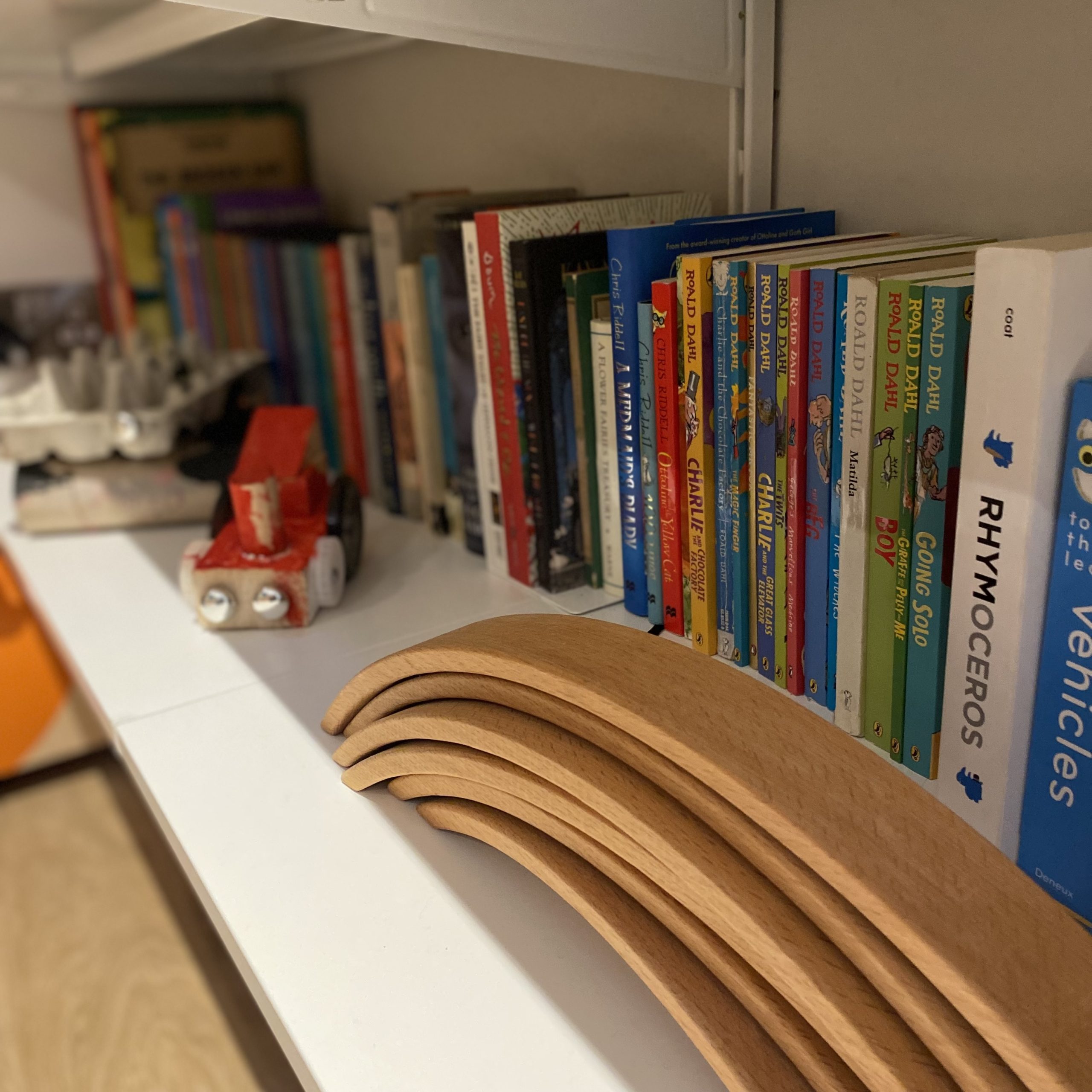
 Good block play is focused and intentional, meaning the child is fully invested in the play, they are determining the play ( not led by an adult ) and they have control and creative freedom. To develop this advanced play takes time, it does not happen instantaneously by getting a box of blocks, it comes through revisiting the blocks, using them in different ways, trying new things and developing ideas. All these skills are so foundational to learning in school. Take for example sustained focus- we know that whatever schooling our child experiences they will sometimes have to focus on sustained learning, sometimes that they find tricky or frustrating. Block play encourages perseverance, resilience and an openness to trying something in a different way in a low pressure situation where the child is in control. A child that has experience building complex structures, focusing on the design, fixing falls, anticipating collapses and rebuilding after calamities knows they can try again, they can try it differently and they will get there in the end. Resilience and a lust for learning are foundational in children thriving in schools, blocks and the immersive and imaginative nature of the play, coupled with the inherent practical and scientific nature of the toys offer that support quite uniquely from many other resources.
Good block play is focused and intentional, meaning the child is fully invested in the play, they are determining the play ( not led by an adult ) and they have control and creative freedom. To develop this advanced play takes time, it does not happen instantaneously by getting a box of blocks, it comes through revisiting the blocks, using them in different ways, trying new things and developing ideas. All these skills are so foundational to learning in school. Take for example sustained focus- we know that whatever schooling our child experiences they will sometimes have to focus on sustained learning, sometimes that they find tricky or frustrating. Block play encourages perseverance, resilience and an openness to trying something in a different way in a low pressure situation where the child is in control. A child that has experience building complex structures, focusing on the design, fixing falls, anticipating collapses and rebuilding after calamities knows they can try again, they can try it differently and they will get there in the end. Resilience and a lust for learning are foundational in children thriving in schools, blocks and the immersive and imaginative nature of the play, coupled with the inherent practical and scientific nature of the toys offer that support quite uniquely from many other resources.
